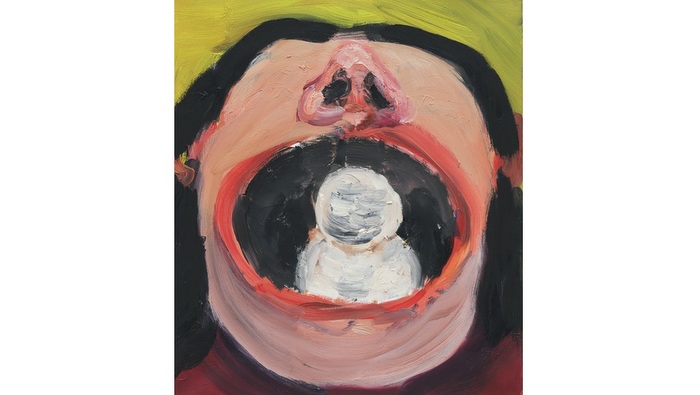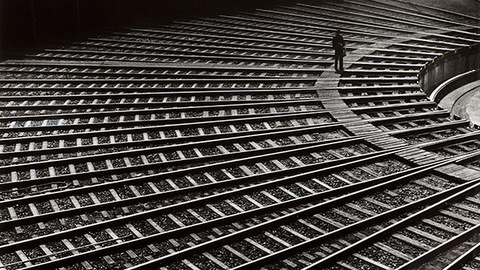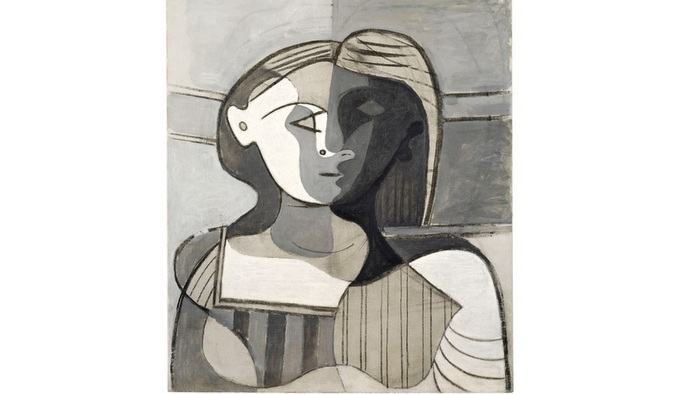Fundación MAPFRE presents in the Recoletos Exhibition Hall an extensive retrospective of Albert Renger-Patzsch, considered one of the 20th century's most influential photographers and one of the leading representatives of the German New Objectivity. The exhibition is curated by Sergio Mah and includes 185 photographs made between 1930 and 1960.
Renger-Patzsch (1897-1966) approaches to photography by his father´s influence, an amateur photographer. He studied Humanities and, after his military service (where he collaborated as a scientific assistant), he started Physics at the University of Dresde. However, he gave up his studies to dedicate entirely to photography. He also felt attracted to writing (he wrote more than thirty photography books). Foremost among these is “Die Welt ist schön” (The world is beautiful), 1928, that is a classic of modern photography.
The exhibition is organised in several sections that presents an overview of his artistic career, which combine his personal projects with commercial practices. Renger-Patzsch was a relevant figure of the German New Objectivity, an artistic movement that emerged after the end of World War I as a reaction against the Expressionism that preceded it. This current strove to represent the world in the most objective way possible in a period in which Europe was going through numerous changes. He considered photography as a technical invention that belonged to the field of science.
In a first period, he worked for a publisher by making photographies of plants and flowers in a very severe and technical way. Neutral, dark or blurred backgrounds allowed focusing on details. He developed a careful and thoughtful method which lets him represent an objective and faithful reality. His first photographs are compilated in the book “Die Welt ist schön”, formed by 100 images that show nature and human developments: plants, landscapes, objects, architecture, city, industry, etc. These artworks enhance the importance of the industry and seriality, highlighting the perspective and the contrast of lights and shadows.
It can be seen how the artist keep on eye on the modern city. This is consider the place where the new and the old violently coexist. Using geometry he propose complicated frames. Lately, he focused on the peaceful feeling that nature brings; he used to walk a long time to find out the best conditions to take his pictures. Then, he paid attention to organic shapes in nature, such as the different textures that contrast with industry pulid surfaces.
Renger-Patszch proposes a view that focuses on the new era. His photographs can be visited during summer months until the 10th of September in Mapfre Foundation Recoletos Hall, where can also be enjoyed an exhibition about portrait in the 20th century, in which different artists from all around the world and historical moments approach to the human figure in a variety of ways.
Source: http://www.art-madrid.com
Related Publications

Leo Pum presents HYPER LIKE at HYPER HOUSE
December 18, 2025
Aargauer Kunsthaus. Klodin Erb. Curtain falls dog calls
December 17, 2025












